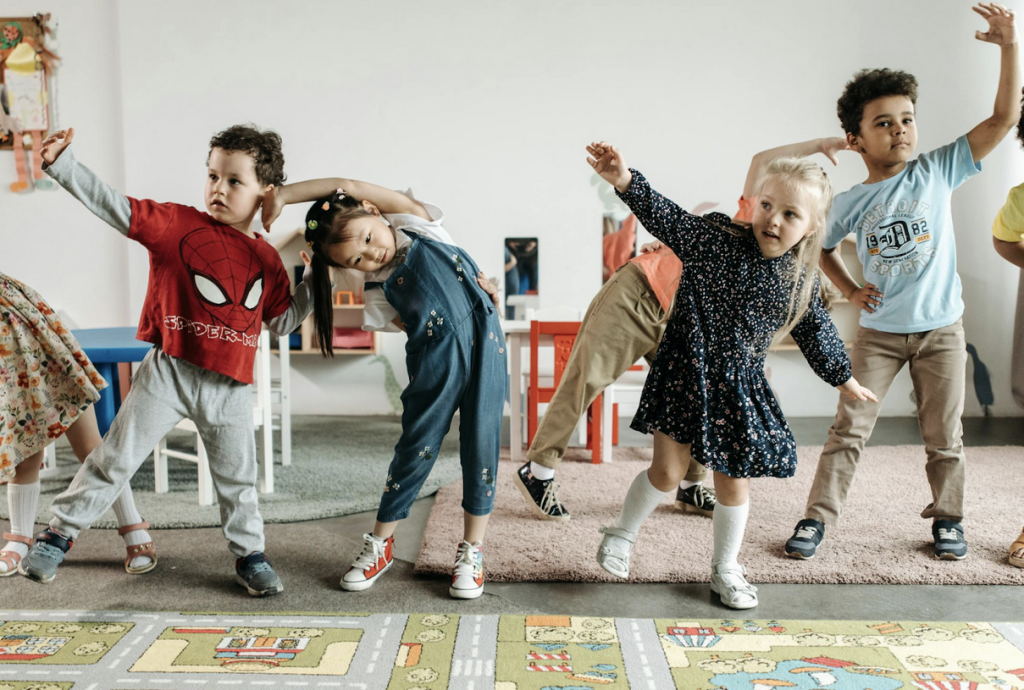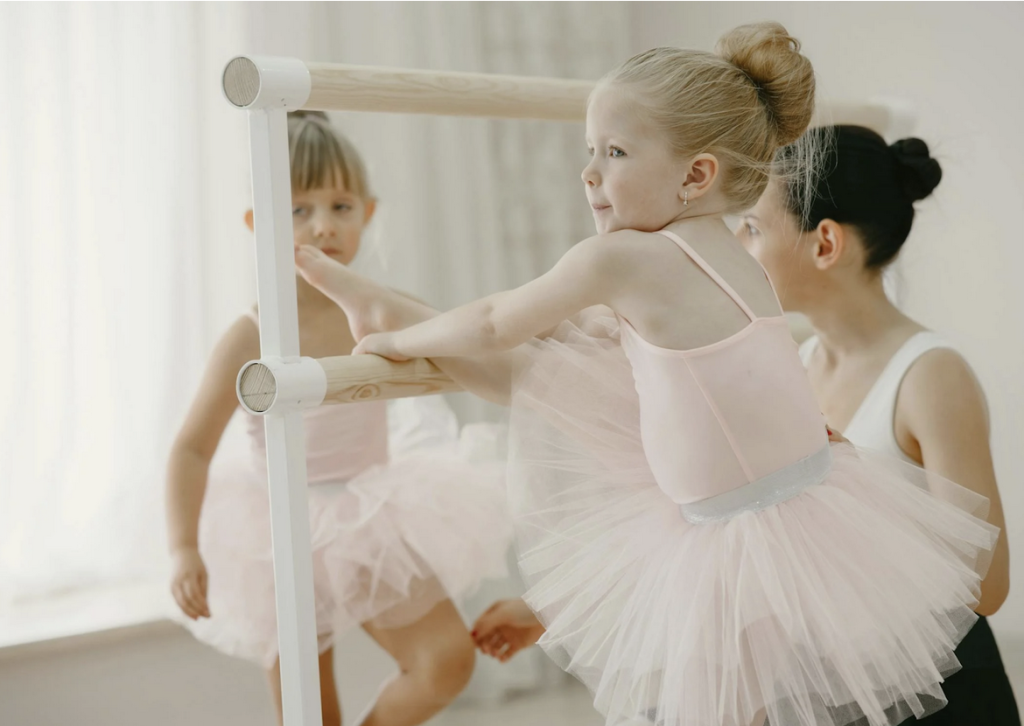Encouraging toddlers to dance is one of the most delightful ways to foster their development, creativity, and physical health. Movement through dance helps young children navigate their initial stages of life while enhancing their motor skills. Yet, the benefits go beyond mere physicality; dance offers emotional outlets and opportunities for social interaction. As children learn to express themselves through movement, they not only gain confidence but also develop vital communication skills. In classrooms and homes, dance can become a part of daily routines, creating joyful bonds between children and caregivers. The importance of incorporating physical activity into a toddler’s life cannot be overstated, particularly in our screen-dominated world.

Boosting physical development
When toddlers dance, they engage in a form of exercise that aids in their physical development. This activity promotes balance, coordination, and flexibility, which are critical as they grow and develop. Each twirl and leap enhances their gross motor skills, allowing them to gain better control over their bodies. Studies show that active toddlers are more likely to become physically adept adults, leading to a healthier lifestyle overall. On a physiological level, dancing encourages blood circulation and strengthens bones and muscles. Moreover, dancing can help manage weight and combat childhood obesity. It’s often easier to convince a child to dance around the living room than to do traditional exercises. This form of activity is entertaining and imbued with spontaneity, making it particularly appealing. Programs designed to provide dance for preschoolers have emerged to cater specifically to this age group. They are ensuring that the movements are safe and age-appropriate.
Enhancing cognitive skills
Dancing is not just fun; it also stimulates cognitive development in toddlers. The rhythm and patterns in dance can improve their memory, critical thinking, and problem-solving skills. As toddlers learn new routines, their brains work tirelessly to absorb movements and apply them, enhancing concentration and focus. Attending dance classes can also introduce young children to concepts of time, space, and sequencing, all fundamental in early education. Research reveals that children who engage in regular physical activities, including dance, tend to perform better academically. Furthermore, dance can foster improved language skills as toddlers learn to express themselves physically and verbally. The structures of specific dance styles can also encourage creativity and innovative expression. In this way, movement contributes significantly to mental agility, providing a dual layer of benefits: physical activity combined with engaging cognitive challenges.
Social skills and emotional expression
Dancing serves as an essential platform for toddlers to develop social skills. Whether in classes or informal settings, children interact with peers, sharing space and movements. This interaction teaches them about cooperation, taking turns, and solving conflicts amicably. Dance also serves as a medium for emotional expression, allowing toddlers to show feelings that they might not yet have the words for. Movement becomes an outlet for joy, frustration, excitement, or sadness, contributing to overall emotional intelligence. Such emotional growth is essential, especially in fostering self-awareness and empathy towards others. For many children, learning dances can also foster a sense of belonging, helping them form bonds with their peers. Structured dance environments provide a framework for participating in teams, laying the groundwork for collaboration in various future endeavours. These social interactions pave the way for building friendships, promoting social cohesion amongst children.
Building self-confidence
As toddlers engage in dance, they inherently work on building their self-esteem. Mastering a dance movement or performing in front of others instils a sense of accomplishment. Each time a child executes a movement correctly or improves from a previous attempt, they gain confidence in their abilities. Performance opportunities provided through dance recitals or showcases enable toddlers to shine in a supportive environment. Such experiences can lead to long-lasting boosts in self-assurance that carry over into other areas of their lives. Dancing also allows kids to express their individuality and showcase their unique styles. Consequently, they learn to appreciate their body and abilities, instilling a sense of pride in their achievements. Eventually, this self-confidence cultivates a growth mindset, encouraging them to tackle challenges head-on rather than shying away from them. Positive reinforcement from instructors and parents can further amplify this confidence, marking an essential aspect of their holistic development.
Creating family bonds
Incorporating dance into family life can forge stronger relationships between parents and children. Spending time enjoying dance together fosters deeper emotional connections. Whether it’s a dance party in the living room or joining a class as a family, the shared experience creates lasting memories. Dance can also open avenues for dialogue and understanding, breaking down barriers that often arise during childhood. Parents who engage in dancing with their toddlers can model positive behaviour while also teaching them rhythm, movement, and social skills. Beyond physical activity, these bonding moments allow families to communicate on a level that feels fun and freeing. Children enjoy the spontaneity and laughter that dance offers, making it an ideal way to relieve stress in familial relationships. Reinforcing the notion that exercise can be joyful rather than a chore nurtures a positive attitude towards physical activity as they grow older. Over time, these shared experiences become cherished traditions, instilling a love for movement and creativity that lasts a lifetime.

Encouraging creativity
Dance is a beautiful form of art that invites creativity and self-expression. Toddlers exploring dance techniques learn to think outside the box while understanding forms, styles, and techniques. Creative movement encourages them not only to mimic but to improvise and create their own routines. Such creative expression can be particularly beneficial in developing problem-solving skills, as toddlers learn to navigate transitions and combinations in their dance. Research highlights that creative engagement in the arts, including dance, promotes brain development and critical reasoning abilities. The open-ended nature of movement allows for exploration, making dance an excellent medium for imaginative growth. Additionally, dance fosters an appreciation for aesthetics and rhythm, playing a subtle role in the child’s overall artistic upbringing. Each time they take the stage to dance, children step into a world where their ideas and feelings can flow freely, enhancing their creative outlook on life.
Overall, toddlers who dance reap rewards that extend into every domain of their lives. They cultivate their physical, cognitive, social, emotional, and creative skills while forming meaningful connections with their family and friends. Investing time into guiding toddlers toward dance can shape their beginnings in more ways than imagined, ensuring each step is one filled with joy and growth.



